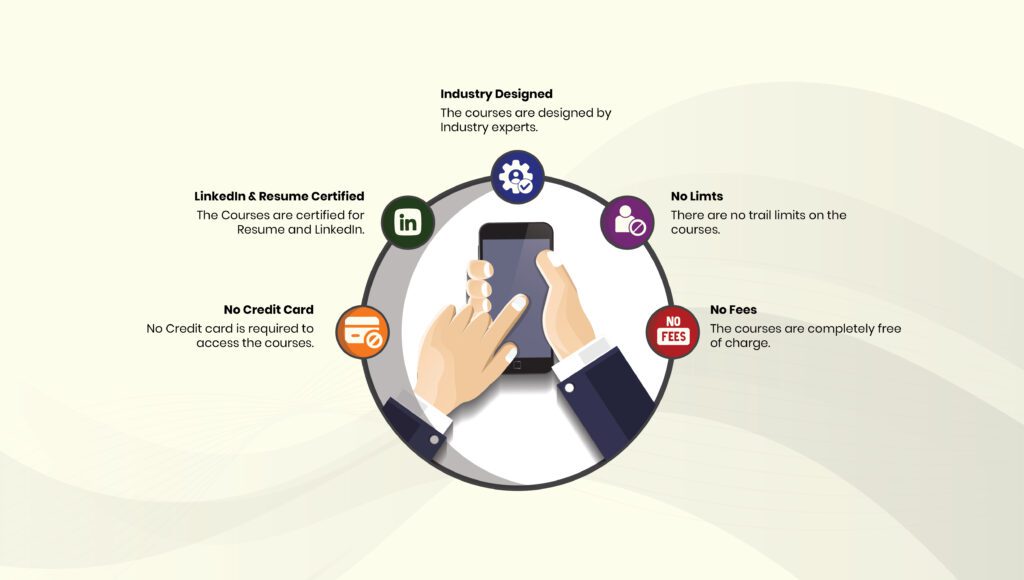In financial services, what you say and how you say it can shape someone’s decisions, affect trust, and even impact investments. Financial professionals write every day, such as emails, reports, memos, client letters, and pitch decks. However, most of them read like an amateur wrote them. Cold. Overstuffed. Detached.
If you are in this industry, you already know what’s at stake. A single unclear sentence can trigger confusion or lead to missteps. And when money, compliance, or client trust is involved, those missteps can cost more than just time. Your written facts should land clearly, confidently, and with the right intent.
Let’s fix that. In this blog, let us sharpen your skills with a communication strategy that will give you an edge in this profession.
Why Written Communication Matters in Financial Services
Whether you’re working in investment banking, insurance, fintech, or private wealth, you’re in a field where precision is expected.
But being precise doesn’t mean being robotic. The best communicators in finance know how to translate complex ideas into language that’s easy to act on. Great communication helps you in:
- Building client confidence with language that shows expertise and empathy.
- Preventing costly mistakes by being crystal clear about risks, timelines, and outcomes.
- Making documents usable so decisions can be made quickly and confidently.
- Standing out as a leader in high-stakes conversations or reports.
Common Written Communication Mistakes in Financial Services
Even experienced professionals make mistakes. These mistakes are so common that they’ve become the default in many teams:
- Using Too Much Jargon: You know your terminology inside out. But your audience might not. Words like ‘liquidity buffer’, ‘delta hedging’, or ‘NPV spread’ mean something to you. But do they make sense to the reader?
Try this instead: ‘Our reserves are strong enough to manage short-term risks’.
Jargon creates distance. Plain language builds bridges.
- Overcomplicating Sentences: Long sentences can be exhausting. Use one idea per sentence. If it’s hard to read aloud in one breath, it’s probably too long.
- Ignoring Proofreading: Typos in finance are a bad look. A missing zero, a wrong date, or a misspelt name can erode credibility in seconds. Always proofread before you hit send.
If you’re serious about improving your financial communication strategy and skills, you should opt for structured learning. Investment banking courses teach professionals how to write precise, clear financial documents.
Strategies in Financial Services for Effective Written Communication
Think of your financial services as a three-legged stool, your communication strategy being one of its legs. If one leg is off, everything falls.
The best way to fix it is:
-
Get to the Point, Quickly
The goal of any financial message is clarity. State the core message early. It saves time and builds respect.
- Bad: ‘Following our in-depth analysis and due consideration of the ongoing macroeconomic conditions…’
- Better: ‘Our analysis shows a 10% dip is likely in Q3 due to interest rate hikes.’
See the difference?
-
Be Ruthless About Clarity
Nobody likes walls of text. Break information into sections, use bullet points, and add headings.
A well-structured message should have:
| Section | Purpose |
| Executive summary | What’s in the report and why it matters |
| Key findings | Main outcomes, stated clearly |
| Data and analysis | Visuals, explanations, and trends |
| Recommendations | What should be done next |
| Appendix | Supporting data or definitions |
-
Start With the Audience
Not every audience understands finance the same way. Change your tone, depth, and style based on the person reading.
| Audience type | Style | Focus area |
| Clients | Clear and warm | Outcomes, benefits, and safety |
| Internal teams | Direct and structured | Tasks, data, clarity |
| Regulators | Formal and accurate | Compliance, policy, and timelines |
-
Use Active Voice for Stronger Impact
Active voice makes your writing clearer and more engaging. Compare:
- In passive voice: ‘The report was completed by our team’.
- In active voice: ‘Our team completed the report’.
The second sentence is direct and confident. Always aim for active voice when possible.
-
Review and Fact-Check
Errors in finance can be costly. Before you share any financial document:
- Double-check figures against source data
- Confirm names, dates, and titles
- Remove filler words like ‘very’, ‘really’, and ‘perhaps’
- Read it out loud (seriously, it works)
Use tools like Grammarly for grammar and Hemingway for simplicity. But don’t rely on them blindly. Your judgment matters more.
-
Use Visuals to Support Your Message
Tables, charts, and graphs make complex financial data easier to understand.
| Financial term | Explanation |
| Profit margin | How much money does a company keep after costs |
| Break-even point | When revenue equals expenses |
| Market cap | Total value of a company’s shares |
Make your mark in the financial world. Learn from the best and build your dream career in finance.
Digital Communication Strategy in Financial Services
Finance is moving online. With emails, reports, and messaging apps dominating the industry, a digital communication strategy is more important than ever.
In Emails:
- Use clear subject lines, for example, ‘Portfolio Update: April 2025 Returns’
- Avoid long paragraphs
- Use bullets to break down numbers or actions
- Always end with a next step. For example, ‘Please approve the changes by Friday’
In Chat Apps:
- Stay professional. Even on Slack or Teams.
- Use names to avoid confusion. For example, ‘Hi Alex, the fund review is ready’
- Don’t flood with messages. Be concise and clear.
Learning Communication Strategy in Financial Services
If you want to master financial writing, formal training is a smart investment. Choose from these top programmes that help professionals improve communication in finance:
- Certified Investment Banking Operations Professional (CIBOP)
- Association of Chartered Certified Accountants
- Chartered Financial Analyst (CFA)
You can also explore IIM Calcutta’s Executive Programme in Investment Banking and Capital Markets. It’s a strong choice if you want to boost both your financial knowledge and writing skills.
Conclusion
In financial services, your writing is part of your reputation. Every sentence counts. If your emails are confusing or your reports unclear, it might cause misunderstanding.
A good communication strategy helps you write in a way that gets noticed for the right reasons. It makes your work more effective and protects your business from small mistakes that cause big problems.
If you want to stand out in finance, make communication your tool. Learn how to use it well. At Imarticus Learning, you’ll find practical courses that strengthen both your finance knowledge and your writing skills. Explore investment banking and executive programmes to take your career further.
Good luck!
FAQs
- What tone should I use when writing in financial services?
Use a formal but friendly tone. Keep it professional, but avoid sounding stiff. Clear writing builds confidence.
- Which financial documents need extra care while writing?
Reports like investment updates, compliance letters, and audit notes must be written with care. These documents often face legal or regulatory review.
- How can a financial communication strategy be made more engaging?
Use plain language, helpful visuals, and clear examples. Break long text into short sections. Make it easy to understand.
- Is there a difference between financial writing and general business writing?
Yes. Financial writing needs more accuracy, structure, and clarity around numbers. There’s usually less room for guesswork.
- How often should I review financial documents?
Every report or memo should go through at least one review before sending. Double-check names, numbers, and important terms.
- Why are disclosures in writing important in finance?
They protect both the company and the client. Written disclosures explain risks, terms, and responsibilities clearly.
- How can financial firms standardise communication strategies?
They can do it by creating writing guidelines, using templates for reports and emails, and training employees in effective financial writing.









